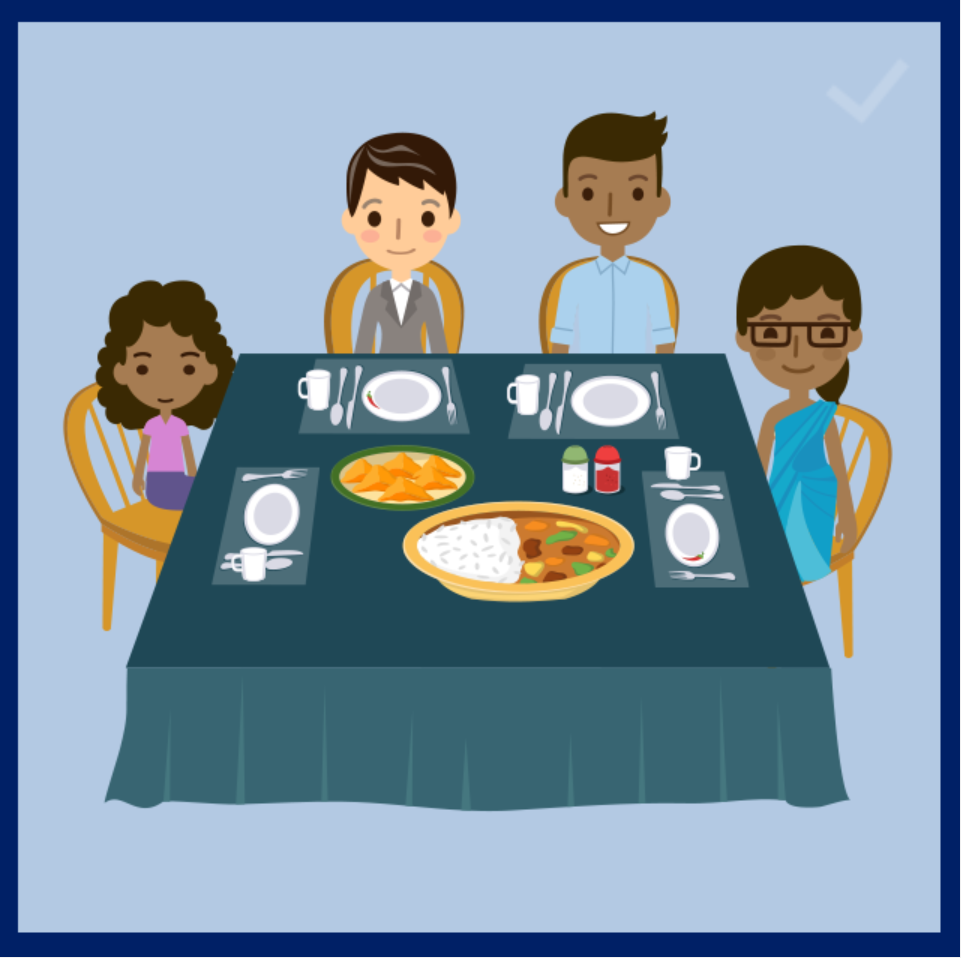Automatic language translation
Our website uses an automatic service to translate our content into different languages. These translations should be used as a guide only. See our Accessibility page for further information.
Follow along with the images and text.

I recently visited with my client, Hana to talk about what kind of care or services she might need. She seemed unable or unwilling to make a decision about whether to give me permission to go ahead with the referrals. It was late in the day and I thought she might not have the ability to make a decision about her options, but decided to come back another time to discuss the issues again.

The second time I visited her it was mid-morning and her extended family was around too. She told me that she had asked them around to her place so that they could listen. I could see that she felt more comfortable than she was on my first visit. So, I agreed that her family could join us. We sat together and shared some food that Hana had prepared.
This time I had remembered to bring some brochures about each of the options that were open to Hana. So, we went through the options and the family asked questions about how the different services could provide support to multi-cultural communities. Hana came to a decision after the discussion.
I had misjudged the importance of involving Hana's family in the decision-making process.
Why do you think Hana seem more confident the second time Menka visited?
Open the accordian to find the correct answer.
2,3 and 5 are all correct!
The environment can make a big difference for a person with a decision-making disability. In Hana's case, the time of day, having the support of her family, and the informal setting of sharing a meal meant Hana felt supported in making decisions. Although Hana did not read the brochures, Menka's use of them may have given her the extra visual clues that helped her to make decisions.
27 Nov 2024